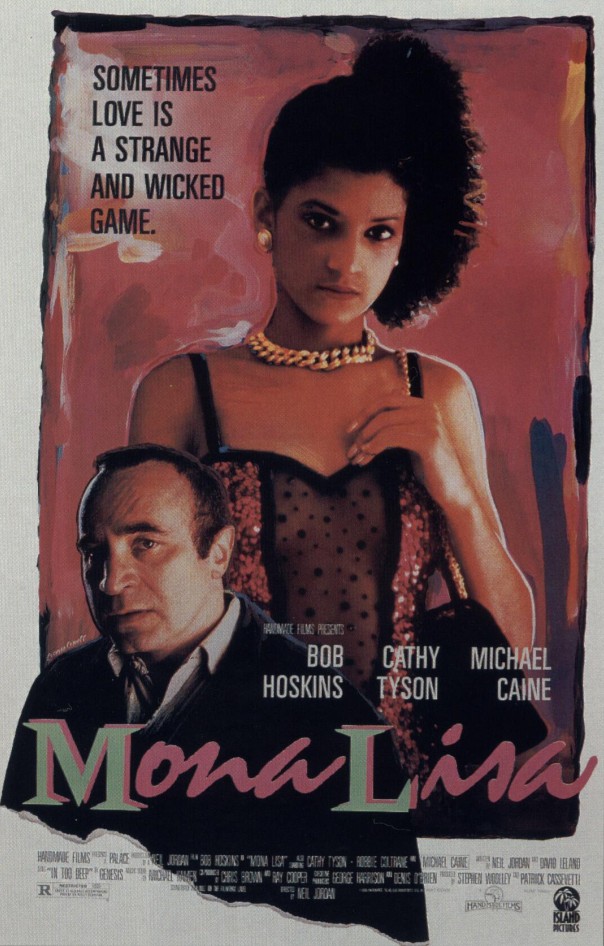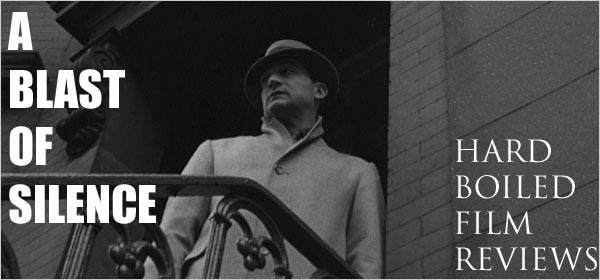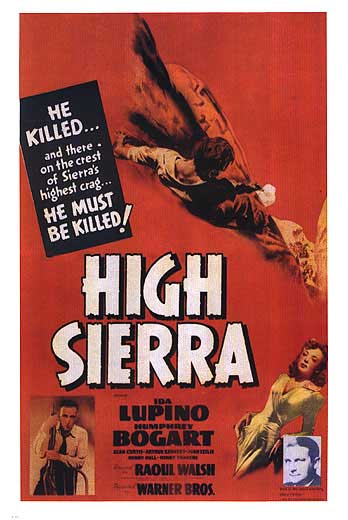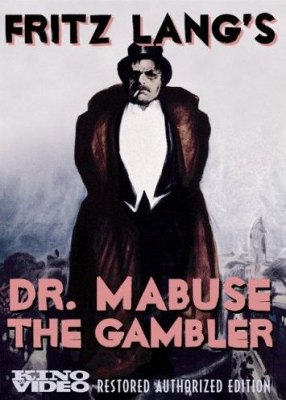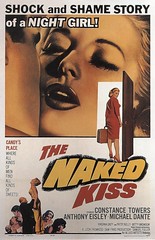
Before Criterion released the new DVD of Blast of Silence, I had never even heard of the film. Thanks to the brilliant people at Criterion, I now know and love this absolute hidden gem of a film. There's something about film noirs that are filmed on location in cities. What makes them so attractive to me is the absolute ultra realistic portrayal of the said film noir. For example, The Naked City from Jules Dassin is a prime example of using the city almost as another character in the film. Blast of Silence is no exception. Allen Baron, who wrote, directed, and starred in this sensational film noir used the city of New York to his extreme advantage by creating a dark, gritty, raw, and realistic film.
Blast of Silence is the story of professional hitman Frankie Bono and his return to New York and one single job, the murder of a small time mobster. When Frank runs into people he once knew, emotions start to sway. He becomes unsure of the job he was dedicated to, and it only leads to trouble.
Anyone who knows noir knows voice over narratives are a very popular element of the genre. In Blast of Silence, they use a very unique and very effective second person narrative. The speaker, who's voice is as gritty as the film, uses "you" and "your" to act like the conscious of the troubled Frankie Bono. I'll once again allude to Jules Dassin's brilliant film The Naked City. That film also featured a very creative way of using narrative voice overs to tell it's story. The narrative only escalates the story to a different level.
Baron did as good a job off screen as he did on screen portraying Frankie Bono. I haven't read in to how much of the lighting was pure available and natural lighting, but I would imagine almost all of it was. The shots filmed on the streets of New York almost came off as a sort of guerrilla style of filming. At times the camera simply followed Bono walking down the street through crowds of people. If not for the thematic elements this would feel like a documentary piece on a hitman. Baron also has some great shots, like the introduction where all you see is white light, and it ends up being the end of the train tunnel. Or the scene where his character, Bono, is walking towards the camera down some rugged looking path. Simple, true, but his shots in addition with how he used light was perfectly executed and creates a very dark and oppressive atmosphere throughout the entire film. His use of music throughout the film was key. For example, the club scene was excellent. The jazz band playing combined with the quick camera cuts created a dizzying affair.
Blast of Silence also carries some actual substance in it's story. Frankie Bono spends his whole time trying to avoid everything and everyone. He dislikes Christmas, he avoids long conversations if possible, he just wants to be alone. He alienated himself so much that when he meets a former love, he acts totally out of line by crossing her personal boundary, then wondering why she isn't truly interested in him as a partner. Watch this effect the job he is trying to perform is rather startling in my opinion. Before he came out of complete seclusion he was at the top of his game with the job he had been given. Once unhappy thoughts about the shape his life is in crossed into his head, things started going haywire. There's great characterization and Bono shows hints of not being as completely static as he appears to be at the start of the film.
I had heard how great this film was and was still blown away at how Baron was able to create everything as perfectly as he did. I love film noir and Blast of Silence is one of the ones that perfectly defines the genre. Even though it was made 15-20 years after the golden period of the genre, it captured the essence perfectly. There wasn't much at all that I could find to complain about in this film. I'd recommend this to everyone, whether they love the genre or not, as it has an interesting story and characters and a great dark and moody atmosphere. See this film as soon as possible!
5 OUT OF 5 STARS
